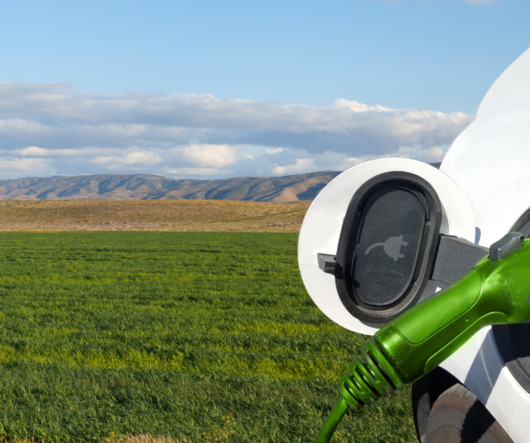ARPA-E Selects 37 Projects for $106M in Funding in Second Round; Electrofuels, Better Batteries and Carbon Capture
Green Car Congress
APRIL 30, 2010
NC State University. Medical University of South Carolina. Columbia University. This novel high energy battery concept is based upon a closed loop system in which the zinc (anode), suspended as slurry in a storage tank, is transported through reaction tubes (cathode) to facilitate the discharge and recharge of the battery.












Let's personalize your content